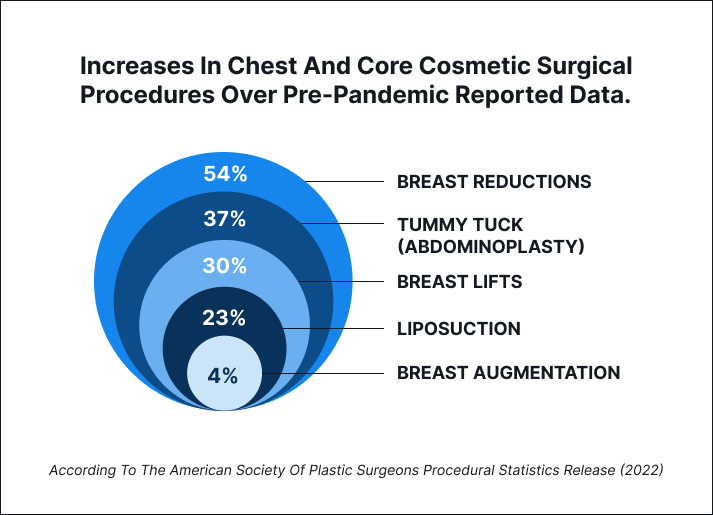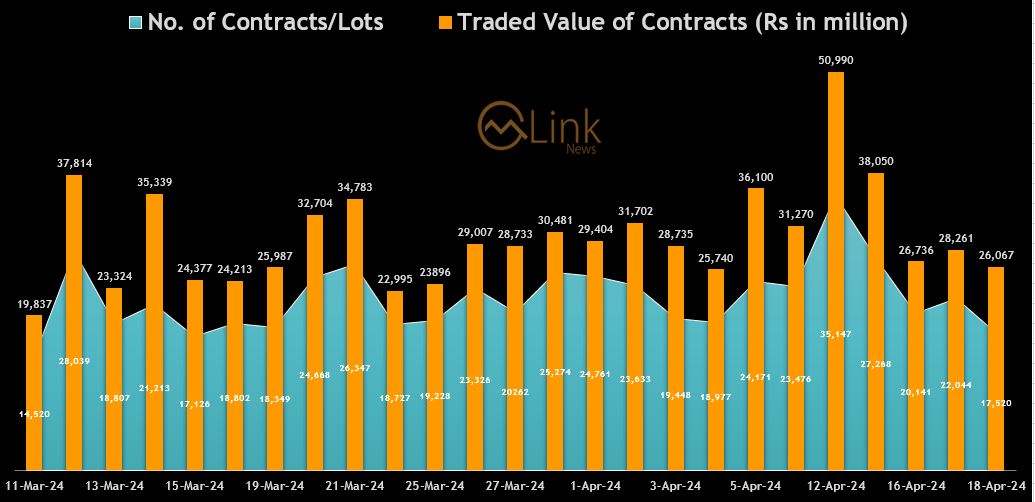Cherie Skaggs’ tooth had hurt for a while, but she didn’t have insurance, and, like many people during the coronavirus pandemic, couldn’t find a dental office to take a non-emergency appointment for what she thought was a cracked filling. ...
Cherie Skaggs’ tooth had hurt for a while, but she didn’t have insurance, and, like many people during the coronavirus pandemic, couldn’t find a dental office to take a non-emergency appointment for what she thought was a cracked filling.
One pecan was all it took for that bad tooth to get worse. Now she’s in a lot of pain – both physically and financially.
Instead of paying a couple hundred dollars to fix the filling, she’ll be making payments for 18 months for a $1,600 emergency root canal and crown.
“When I was having an achy tooth, If I had known differently, I would have said ‘What’s the cash pay price?’” Skaggs said. “I never want to go through having a root canal again.”
The Dangers of Delaying Medical Care
Delaying medical and dental care or screenings could be costly to both your health and finances. The Primary Care Collaborative and Larry A. Green Center recently surveyed more than 750 primary care clinicians in 49 states, and 60% of them said some of their patients will experience avoidable illnesses because they didn’t get care.
“Usually it’s things that we’ve all seen sadly enough as physicians: individuals having heart attacks, individuals having to be hospitalized because they missed medications or did not follow up,” said Dr. Ada Stewart, president-elect of the American Academy of Family Physicians. “It can cost [the patient] and the [medical] system a lot of money by not being able to take care of those things that could be minor.”
People are also putting off routine tests. The EPIC Health Research Network said screenings for colon, cervical and breast cancers were down around 90% in March 2020 from the numbers in several previous months.
Stewart said the classification of “essential” versus “non-essential” could be confusing to people.
“Non-essential does not mean unnecessary,” Stewart said. “All of your preventative [screenings] are essential.”
She added that anyone whose preventative care appointments were cancelled during the pandemic should make sure to reschedule them as soon as possible.
But people aren’t only avoiding routine screenings. The American College of Cardiology showed a drop in the number of people going to emergency rooms with symptoms of heart attack or stroke.
When I was having an achy tooth, If I had known differently, I would have said ‘What’s the cash pay price?’This is what especially frightens physicians.
Dr. Jacqueline Fincher, president of the American College of Physicians, said a chance encounter recently saved one of her patient’s life. Fincher was in Walmart when she saw the woman huffing and puffing. The woman was nervous about going to the emergency room because she feared contracting COVID-19. However, both Fincher and the woman’s husband were concerned so they went to Dr. Fincher’s office instead. After a quick check, the woman went to the ER anyway because it turned out she was having a heart attack.
“They put her in the coronary care unit and got things to calm down and did a cardiac cath on her the next day,” Fincher says. “She had what I call a widowmaker, a 95% blockage of her main left anterior descending coronary artery.”
Fincher says keeping appointments is very important for people with chronic conditions since lab work often determines if organs are functioning properly and medicines are at the proper dosage.
It’s similar for routine dental care.
Sally Cram, a periodontist and spokesperson for the American Dental Association, said many dental problems, like periodontal disease, may not hurt and so patients may be unaware of the underlying issue without visiting their dentists.
“Delaying routine dental care can lead to more unnecessary pain and invasive, costly treatment down the road,” says Sally Cram, a periodontist and spokesperson for the American Dental Association.
Pediatric Care Is Often on a Schedule

Dr. Sally Goza, president of the American Academy of Pediatrics, said she’s been concerned by the plummeting number of appointments for children at pediatric offices.
“What that means is patients are not coming in for their routine care and to get their vaccines and to get their screenings done and testing for hearing and vision,” she said.
Goza said some parents are rescheduling appointments for the summer, but many are not, especially if the kids are older, which is something Goza worries about.
“If they don’t need a form for school, are they going to remember to reschedule when all of this is over with all of the stress?” she said.
Another risk is falling off schedule for vaccines, since many of them need to happen at regular intervals. The AAP initially recommended prioritizing appointments for patients under 2, but as the pandemic has gone on, that has changed.
“We’ve now said we really should be looking at getting our children to their visits to screen for mental health issues, to screen for behavioral issues, to get vaccines up to date and to really just make sure the families are doing okay,” Goza said, adding doctors at her practice are planning to extend hours and work weekends to try to catch up.
If they don’t need a form for school, are they going to remember to reschedule when all of this is over with all of the stress?Telehealth care has filled part of the gap, but not all.
“We had a child who broke his arm on the trampoline and the mother was afraid to go to the emergency room that night because of the COVID pandemic,” she said, adding the child was at her office the next morning. “He sat there with a broken arm all night. Those are the things we don’t want to miss.”
Finances Often Play a Role in Medical Decisions
Even during non-pandemic times, finances play a big role in deciding whether or not to get medical care.
“One of the first things that I find clients will cut sometimes is their medical procedures when they want to cut back on costs,” says Mary Bell Carlson, a CFP, AFC, known as the Chief Financial Mom. “A lot of times when people are in difficult financial situations, health care is one of the first things to go.”
Carlson said the decision is partially about control, because people can often decide whether or not to ge medical care, even if a doctor recommends it.
“They can’t stop paying their mortgage, they still have to pay and have food on the table, they still have to keep the lights on,” she said. “But do they have to have the knee surgery? It’s something that is within their control.”
Medical debt is the number one reason people go into bankruptcy, Carlson said. As a result, she recommends creating a spending plan that takes medical expenses into account.
However, Carlson said she doesn’t expect to see people stop delaying medical care because of finances any time soon.
“What individuals and families are most focused on right now is paying the necessary bills and putting food on the table. Most do not have the luxury to spend on ‘extra’ things, which often includes elective surgeries [and medical procedures],” she said. “I anticipate that as we start to see things rebound, jobs come back, and income solidifies, then we will see these procedures resume, but for now, most people are doing only what’s absolutely essential and necessary.”
Safety Protocols at Medical Offices
As medical and dental practices begin to reopen, organizations like the American Medical Association and American Association of Family Physicians are sending recommendations to doctors about how to open safely.
Safety measures include:
Modifying schedules to avoid a high volume of patients. Designating separate waiting areas for well and sick patients. Removing non-essential items like magazines from waiting areas. Allowing patients to wait in cars until it is time to go to the exam room. Limiting the number of people who can be with a patient. Requiring people to wear masks. Screening patients before in-person visits to remind them of safety protocols. Keeping physical distancing whenever possible. Sanitizing exam rooms after each patient and disinfecting high-touch areas periodically. Having hand sanitizer readily available and encouraging use.Tiffani Sherman is a contributor to The Penny Hoarder.
This was originally published on The Penny Hoarder, which helps millions of readers worldwide earn and save money by sharing unique job opportunities, personal stories, freebies and more. The Inc. 5000 ranked The Penny Hoarder as the fastest-growing private media company in the U.S. in 2017.















